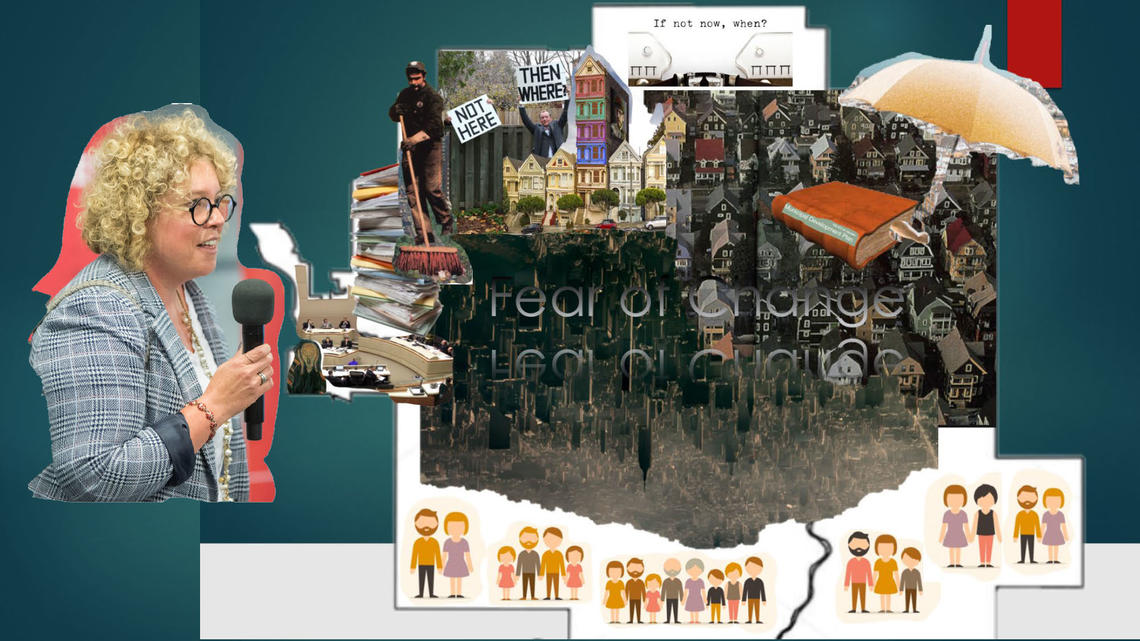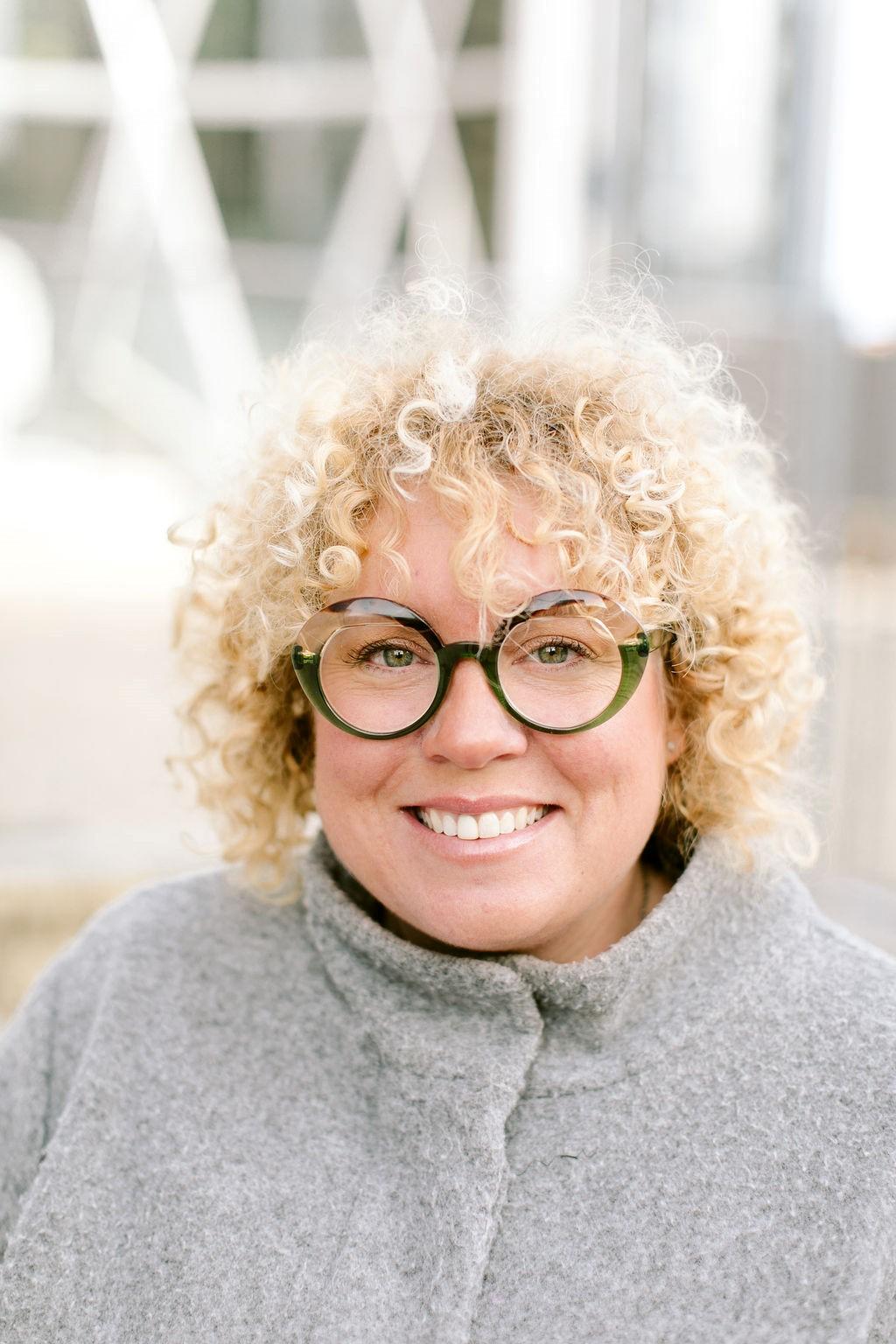Teresa Goldstein
How does love factor into community planning? What are the barriers of established area growth and change? Do they have an intersection?

How does love factor into community planning?
What are the barriers of established area growth and change? Do they have an intersection?
How to bring back the love? The Emotional Connection of Growth and Change through multi-community local area planning in Calgary, Alberta follows the daily practice intersections between emotions and local area planning. The intent is to broadly understand and discuss the barriers, the links, both emotional and physical to community and to ascertain a greater understanding of the connections of this exploration within the context of Calgary, Alberta, Canada.
Despite massive declines in established area population, school closures, and recreation facility reductions; the reality that welcoming new growth into neighbourhoods is wildly contentious and often considered at the expense of community ‘character’ and in opposition with stability. In March 2021, Calgary City Council hosted their longest public hearing in the City’s history, focusing on the first tools introduced to help modernize Calgary’s local area planning; The Guidebook for Great Communities (later renamed The Guide for Local Area Planning) and the North Hill Local Area Plan. Reactions to this work were highly charged; social media was messy, and some local communities organized together to fight against these tools with whatever means necessary. The above collage was inspired by newspaper clippings, pamphlets, door hangers and flyers published during this time in support of keeping Calgary as it was. Were these acts clever populist tactics aimed to polarize us vs. them? Were communities caught off-guard and feeling attacked by The City’s proposals? How can local area planning use community momentum to garner participation in the process instead of against?

